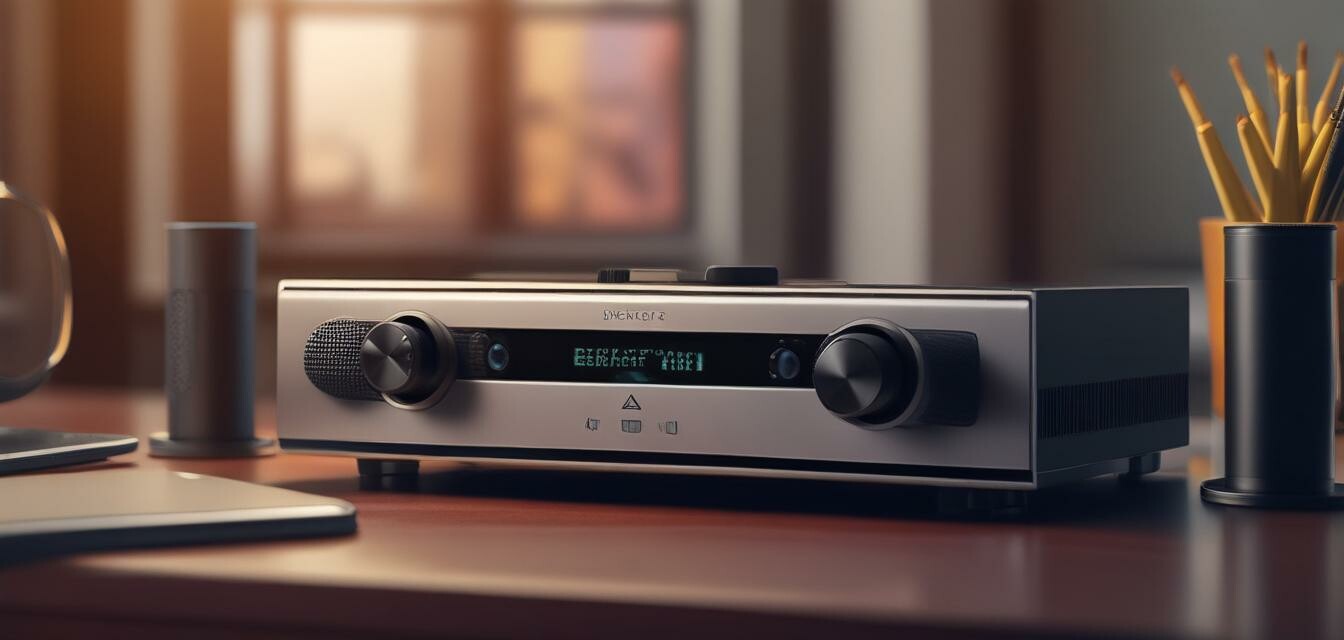
How to Connect Multiple Bluetooth Devices Seamlessly
Key Takeaways
- Understanding the Bluetooth profiles enhances connectivity.
- Switching between devices can vary by the manufacturer.
- Keep firmware updated to ensure compatibility.
- Bluetooth multipoint technology allows connection to multiple devices simultaneously.
In today's world, the ability to connect multiple Bluetooth devices seamlessly is essential for many users. Whether you're listening to music on your headphones, taking calls on a speaker, or switching between various devices, knowing how to manage your connections can make a world of difference. This guide will take you through the process of connecting and switching between multiple Bluetooth audio devices without complications.
Understanding Bluetooth Technology
Bluetooth is a wireless technology standard for exchanging data between fixed and mobile devices over short distances. While most people associate Bluetooth with audio devices like headphones and speakers, its capabilities extend to various electronics.
Popular Bluetooth Profiles
| Bluetooth Profile | Description |
|---|---|
| A2DP | Advanced Audio Distribution Profile for high-quality audio streaming. |
| HSP | Headset Profile for simple audio applications. |
| HFP | Hands-Free Profile for voice communication. |
| AVRCP | Audio/Video Remote Control Profile for device control. |
Steps to Connect Multiple Bluetooth Devices
To connect multiple Bluetooth devices, follow the steps outlined below:
-
Enable Bluetooth:
On each device, ensure that Bluetooth is turned on. You can find this option in the settings menu.
-
Pairing Mode:
Put the first device in pairing mode. Usually, this can be accomplished by holding the power button until a light flashes.
-
Connect First Device:
On your main device (phone, tablet, etc.), search for Bluetooth devices and select the one you want to connect.
-
Pair Subsequent Devices:
Repeat the first three steps for each additional device you wish to connect. Be sure to check if your main device supports multiple connections based on its specifications.
-
Test Connections:
Play audio and switch between devices to confirm the connections work as intended.
Switching Between Bluetooth Devices
Switching between connected Bluetooth devices can be done in various ways depending on compatibility and the manufacturer's guidelines. Here are some tips:
- Device Management: Use the Bluetooth settings on your main device to manage paired devices easily.
- Multipoint Technology: Check if your audio device supports multipoint connections, allowing you to connect to two devices simultaneously and switch without disconnecting.
- Quality of Service: Be aware that while streaming audio from multiple devices, audio quality may degrade if the connection is overloaded.
Tips for Beginners
- Ensure all your devices have updated firmware to enhance compatibility.
- Familiarize yourself with your devices' manufacturer guidelines for Bluetooth connections.
- Regularly clear old Bluetooth connections from your main device to avoid confusion and improve performance.
- Use Bluetooth speakers and headphones with multipoint capabilities for smooth transitions.
Troubleshooting Common Bluetooth Issues
Sometimes, you may encounter issues while connecting or switching between devices. Here are some common problems and solutions:
| Issue | Solution |
|---|---|
| Device not found | Check if the device is in pairing mode and within range. |
| Disconnecting frequently | Ensure other devices are not interfering and check your Bluetooth range. |
| Poor audio quality | Ensure the device is charged and not too far from the source. |
| Cannot switch devices | Check compatibility and reset Bluetooth settings if necessary. |
Conclusion
Connecting and managing multiple Bluetooth devices can greatly enhance your audio experience. Understanding Bluetooth technology and following the right steps can simplify the process. Remember to keep your devices updated and familiarize yourself with their specific features to enjoy a seamless connection.
Pros
- Highly convenient for users with multiple audio devices.
- Allows for hands-free communication and easy switching.
- Reduces cable clutter and enhances mobility.
Cons
- Some devices may not support multipoint connections.
- Audio quality can be affected in overloaded connections.
- Connectivity issues may arise due to interference.
For further tips and guides, explore our How-to Guides section for expert advice on getting the most out of your electronic gadgets.
Interested in enhancing your audio experience further? Check out our categories for Audio Gadgets or Smartphones.
